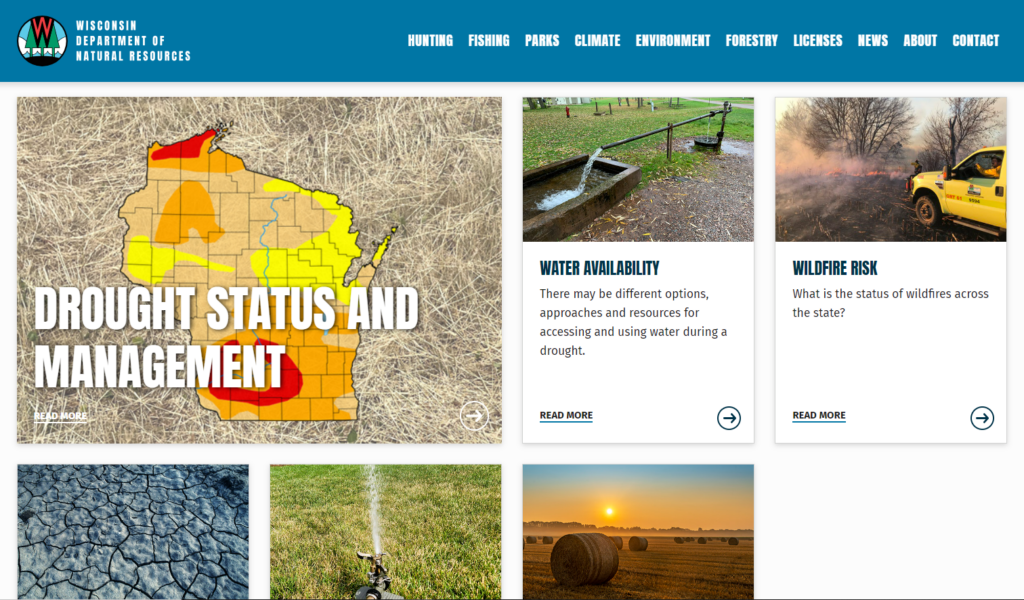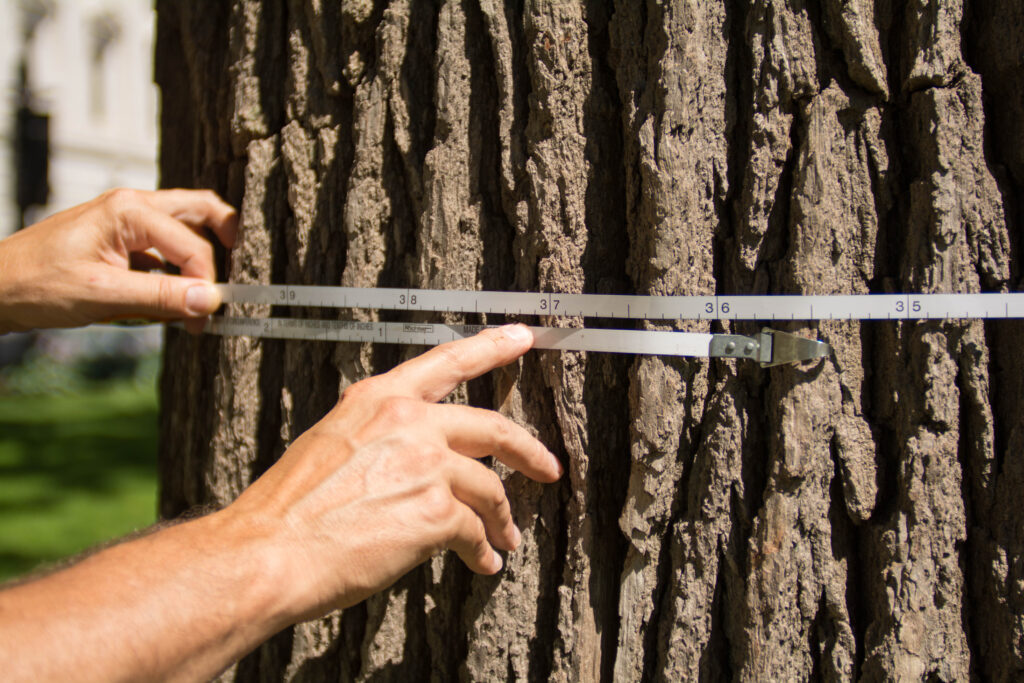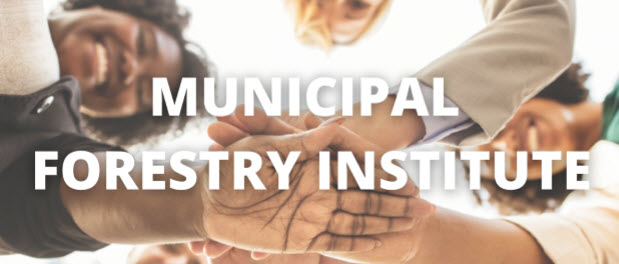Cities, villages, towns, counties, tribes and 501(c)(3) nonprofit organizations in or conducting their project in Wisconsin are encouraged to apply for a regular or startup 2023 Wisconsin Department of Natural Resources (DNR) Urban Forestry Grant.
The grants range from $1,000 to $25,000, and grant recipients must match each grant dollar for dollar. A startup grant of up to $5,000 is available for communities that want to start or restart a community forestry program. Grants are awarded to projects that align with state and national goals for increasing the urban forest canopy and the benefits it provides.
The recent Governor’s 2023-25 Biennial Budget increased funding to urban forestry grants by $350,000 over the biennium. In 2024, the annual allotment will increase by $175,000 to further fund Urban Forestry projects. Also available this grant cycle is an additional $145,000 in federal funding to be used for emerald ash borer treatment and ash tree removals and replacements. In total, $806,680 is currently available in regular and startup grant funding for 2024, with an additional $139,920 in reserve for catastrophic storm grants.
Continue reading “Reminder: 2023 DNR Urban Forestry Grant Applications Open”

 The Wisconsin Department of Natural Resources (DNR) recently launched a
The Wisconsin Department of Natural Resources (DNR) recently launched a  September is back to school month. How do you get those kids to settle down and focus after three months off? The answer is as simple as walking right outside your front door! Exposure to nature has been shown to positively impact students, from improved academic performance and focus, to reduced Attention Deficit Hyperactivity Disorder (ADHD) symptoms.
September is back to school month. How do you get those kids to settle down and focus after three months off? The answer is as simple as walking right outside your front door! Exposure to nature has been shown to positively impact students, from improved academic performance and focus, to reduced Attention Deficit Hyperactivity Disorder (ADHD) symptoms.  Congratulations to Kim G. Sebastian as she begins her retirement this month. Kim has been with the DNR as Urban Forestry Coordinator since 1990. Read on to hear Kim reflect on her experience with the DNR and share some parting words.
Congratulations to Kim G. Sebastian as she begins her retirement this month. Kim has been with the DNR as Urban Forestry Coordinator since 1990. Read on to hear Kim reflect on her experience with the DNR and share some parting words. Tree inventories are foundational elements of sustainable urban forestry programs. You need to know what you have to best manage your trees. Because of the importance of these datasets, the Wisconsin DNR Urban Forestry program often funds inventories through their annual grants (
Tree inventories are foundational elements of sustainable urban forestry programs. You need to know what you have to best manage your trees. Because of the importance of these datasets, the Wisconsin DNR Urban Forestry program often funds inventories through their annual grants ( The Municipal Forestry Institute is an intensive high-level professional growth program of the
The Municipal Forestry Institute is an intensive high-level professional growth program of the